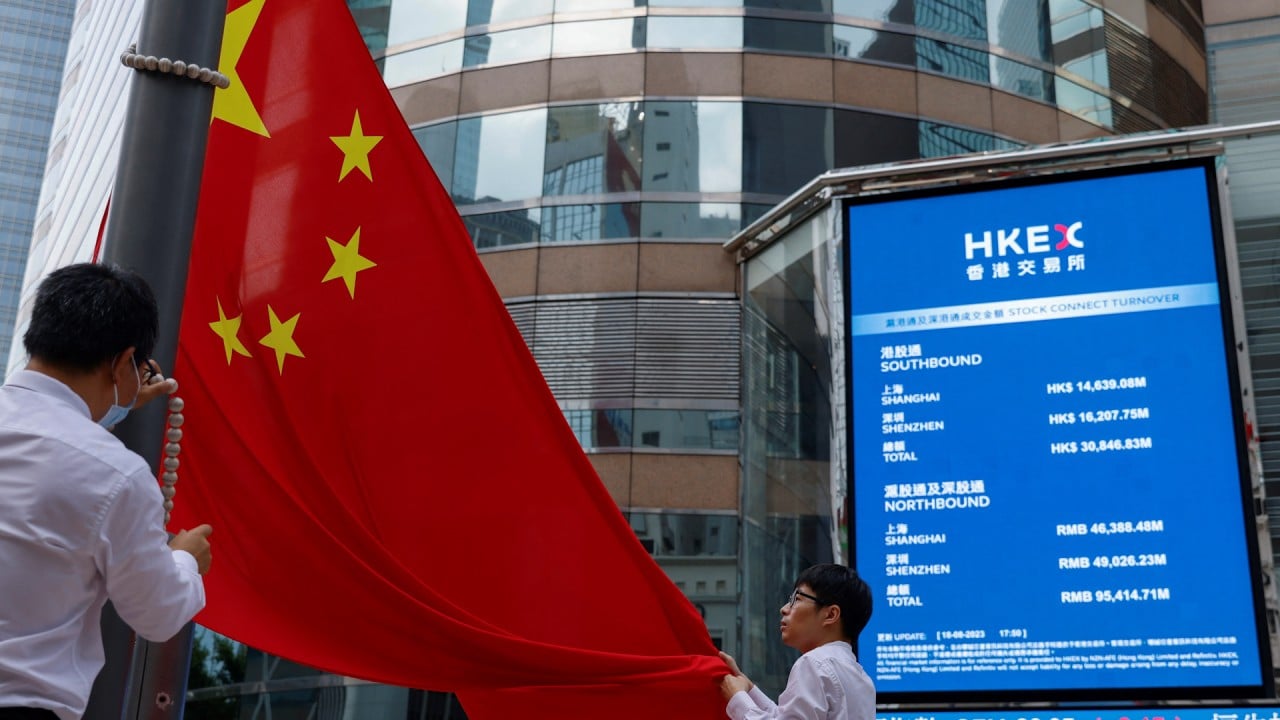Foreign investors ‘seek shelter’ in undervalued Chinese assets, but scepticism remains
Analysts expect inflows into Chinese assets to persist as Beijing continues to implement easing measures

06:57
Boom or bust: how sustainable is China’s stock frenzy?
Chinese assets are witnessing fund inflows from foreign investors, driven by Beijing’s recent large-scale stimulus measures and efforts to mitigate potential risks from the pace of interest rate cuts by the US Federal Reserve and the escalating conflicts in the Middle East, analysts said.
Huatai Securities cited fund flow and asset allocation data provider EPFR that a net inflow of US$1.8 billion went into Chinese equity assets from passive index-based foreign investors between September 19 and 25.
The figure, while only covering the two trading days following the raft of rate cuts and policies unveiled last week to boost the world’s second-largest economy, marked a notable increase compared to previous levels.
Gary Ng, a senior economist at French investment bank Natixis, said the inflow of foreign capital had been partly driven by the US Federal Reserve’s rate cut, which boosted risk appetite and benefited all assets in emerging markets, including China.
